
Commentaries | Sep 08,2024
Jul 13 , 2024
By Celestin Monga
After years in the economic doghouse, industrial policy is back and making a splash. The IMF recently hosted a star-studded conference spotlighting this shift, drawing in top economists to discuss why governments from the US to South Africa are rolling out new industrial strategies. In this commentary provided by Project Syndicate (PS), Celestin Monga, who teaches public policy and economics at Harvard Kennedy School, argues that the fear of deglobalisation, supply-chain hiccups, and trade wars have driven this policy renaissance.
After decades of disparagement and disdain, industrial policy is back on the global economic agenda. Perhaps the strongest evidence of this rehabilitation is a recent international conference on rethinking structural transformation, cosponsored by the International Monetary Fund (IMF) and attended by some of the world's most influential economists.
Industrial policy is back in vogue for many reasons, including fears of deglobalisation, the emergence of a multipolar world, supply-chain disruptions, the return of economic nationalism, and trade tensions (most notably between the United States and China, but also among Western countries). Governments in the United Kingdom (UK), the United States (US), France, Vietnam, Brazil and South Africa have all issued industrial-policy blueprints.
But, despite renewed global interest in industrial policy, intellectual and policy elites remain confused about its precise meaning, specific instruments, and how it differs from other economic policies. This is true of economists who advocate it, as well as those who disparage it.
In a famous 1791 report, the first US Secretary of the Treasury, Alexander Hamilton, framed industrial policy as government measures to boost manufacturing and so-called "productive" sectors. That definition has evolved and expanded over the past two centuries to reflect economic transformations and the need to think beyond manufacturing.
The term now encompasses all government interventions – from subsidies and tax incentives to public procurement and the design of intellectual property protection – "that explicitly target the transformation of the structure of economic activity in pursuit of some public goal." By that measure, industrial policies are those that are designated as selective and intentional. But, these labels remain random, and focusing on policymakers' stated intentions is risky.
Would anyone use public proclamations by politicians to measure democratic governments' policies?
Recent IMF research has gone a step further, distinguishing between "vertical" industrial policy favouring specific sectors – putatively a source of market distortions, state capture, and rent-seeking opportunities – and "horizontal" economic policy focused on improving the business environment for all industries and firms. The horizontal approach is deemed fair, and even desirable.
But, this new conventional wisdom reflects a misleading consensus on the proper scope of government intervention. Perhaps more importantly, the distinction between industrial and economic policy is fundamentally false. Drawing a line between "good" ("horizontal" and "neutral") and "bad" ("vertical" and "targeted") government intervention may be politically attractive, but does not hold water either conceptually or in practice.
Almost all items in a national budget could be classified as industrial policy because they implicitly or explicitly favour particular places, sectors, or businesses. The decision to build any productive infrastructure in a specific location always provides (unfair) advantages to certain regions or firms.
The macro-financial policies often presented as the antithesis of industrial policy are, in fact, not wholly neutral. For example, exchange-rate measures favour some sectors and industries more than others. Likewise, financial-sector regulation, often portrayed as the most "neutral" and "horizontal" government policy, shapes an economy's sectoral allocation.
The benefits that accrue to some industries and firms are not always obvious. The US banking industry is a case in point: the Federal Reserve (a branch of the government) lends money to banks at an interest rate of one percent, which the banks then use to buy Treasury bills (from the same government), yielding roughly four percent. This represents about 30 billion dollars in annual subsidies, more than any developing country would ever grant to one industry.
Social safety nets to mitigate poverty and progressive income taxes to reduce inequality also affect the economic structure, because they imply winners and losers, often in specific geographic areas or social groups. The World Bank's public expenditure reviews and benefit-incidence analyses often capture important distributional issues about who benefits from this type of spending.
On a more fundamental level, policies always have indirect effects. For example, in countries with limited fiscal space, well-meaning social programs presented as neutral cross-cutting projects – not intended to favour particular industries or regions – can still change the economy's structure if they cause public-debt levels to rise and pose risks to financial stability, which would disproportionately harm certain sectors and groups.
Given this, it is delusional to think that the effects of "vertical" industrial policy can be detached from those of broad macroeconomic or regulatory policies and studied in isolation. Both types of policies always have economy-wide repercussions, whether direct and observable effects on other sectors or industries, or indirect opportunity costs for various economic agents.
Attempts to disentangle these outcomes will almost always result in noise, not signal. Empirical studies using tariffs and quotas to assess the effectiveness of industrial policy in any given country often fail to consider that such measures help generate additional fiscal revenue, achieve terms-of-trade gains, and protect non-competitive or infant domestic industries.
Almost all economic policies aim to improve the economy's structure or achieve a social goal and require the use of instruments that will directly or indirectly favour some industries, sectors, or firms. The controversy over industrial policy is largely a matter of semantics: governments implement these banal strategies of economic transformation on a daily basis.
Just as Monsieur Jourdain in Moliere's "The Bourgeois Gentleman" discovers that he has been speaking prose all his life without realising it, economists should finally acknowledge that almost all economic policy is, in fact, industrial policy. The question, then, is not whether to use it, but rather how to do so transparently and well.
PUBLISHED ON
Jul 13,2024 [ VOL
25 , NO
1263]


Commentaries | Sep 08,2024

Commentaries | Sep 07,2019
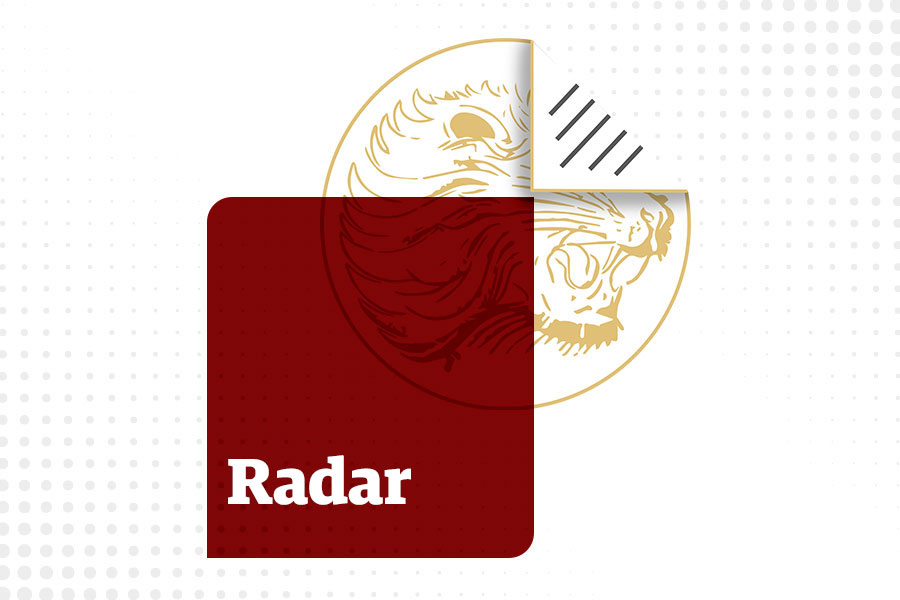
Radar | Aug 03,2025
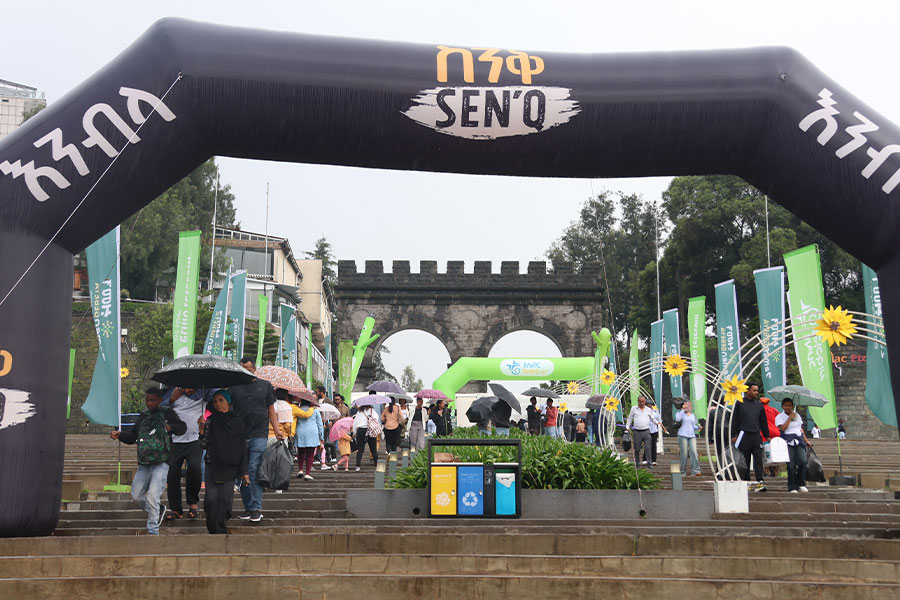
Featured | Sep 07,2025
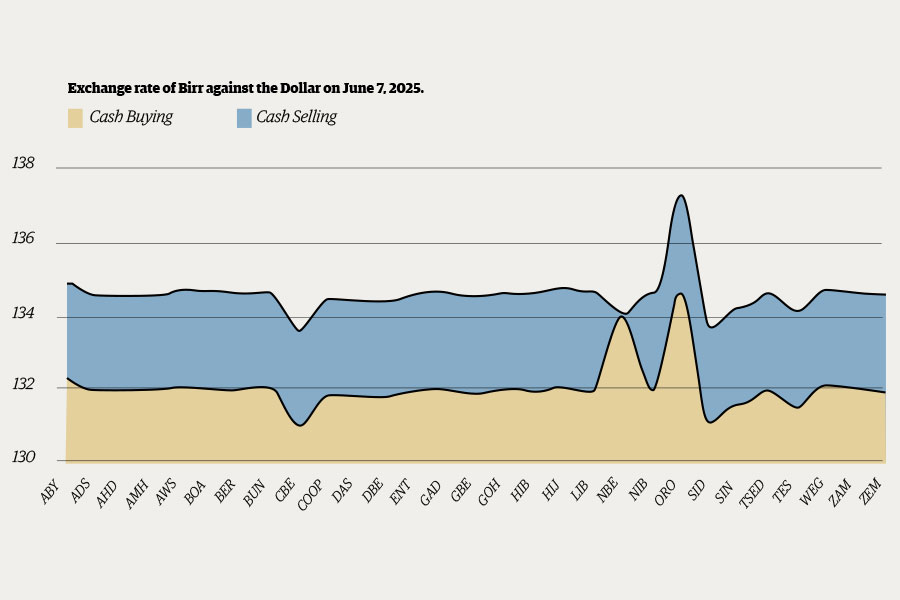
Money Market Watch | Jun 08,2025

Radar | Jan 23,2021

Commentaries | May 11,2019

Radar | Jul 03,2021

Radar | Jul 06,2025

Fortune News | Jun 27,2020

Photo Gallery | 178735 Views | May 06,2019

Photo Gallery | 168931 Views | Apr 26,2019

Photo Gallery | 159773 Views | Oct 06,2021

My Opinion | 137107 Views | Aug 14,2021
Commentaries | Oct 25,2025
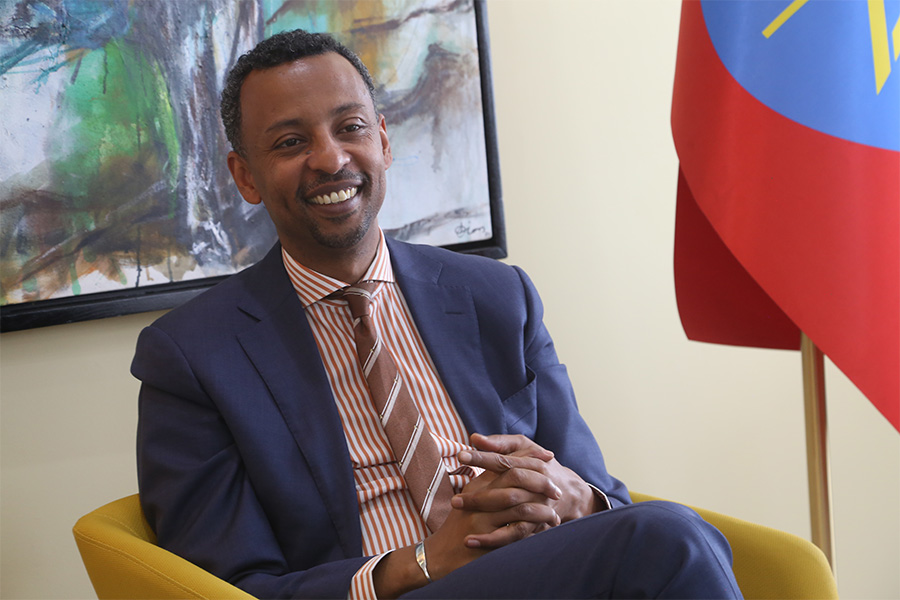
Dec 22 , 2024 . By TIZITA SHEWAFERAW
Charged with transforming colossal state-owned enterprises into modern and competitiv...

Aug 18 , 2024 . By AKSAH ITALO
Although predictable Yonas Zerihun's job in the ride-hailing service is not immune to...
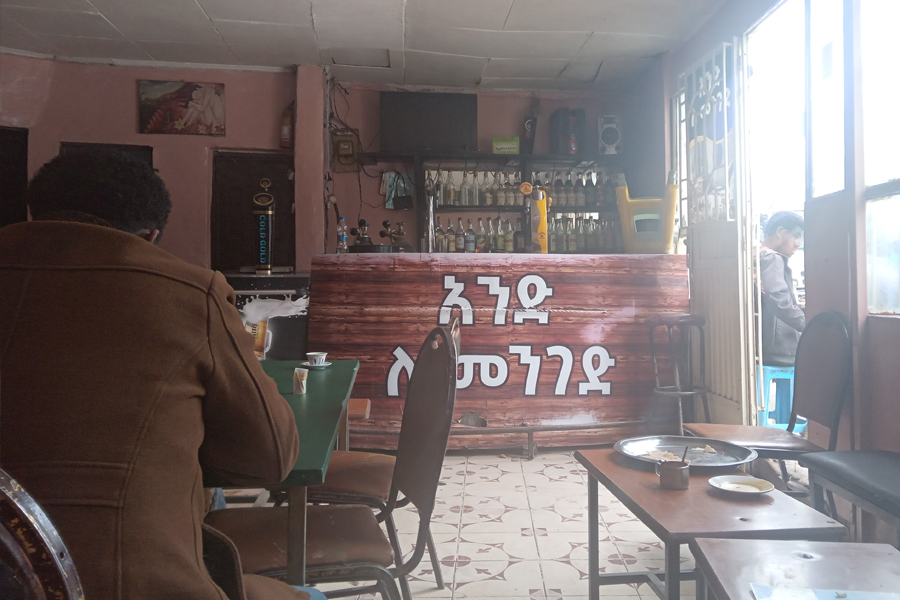
Jul 28 , 2024 . By TIZITA SHEWAFERAW
Unhabitual, perhaps too many, Samuel Gebreyohannes, 38, used to occasionally enjoy a couple of beers at breakfast. However, he recently swit...

Jul 13 , 2024 . By AKSAH ITALO
Investors who rely on tractors, trucks, and field vehicles for commuting, transporting commodities, and f...
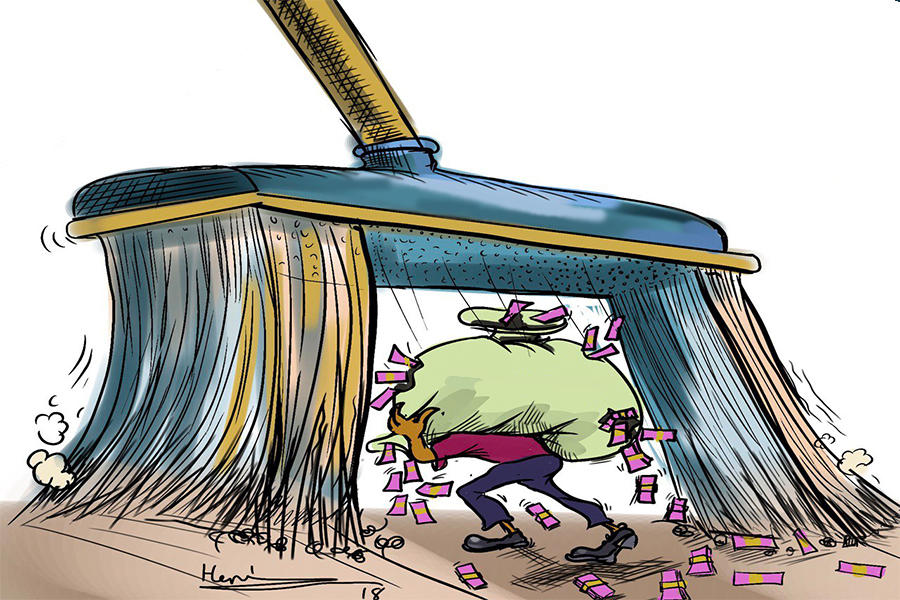
Oct 25 , 2025
The regulatory machinery is on overdrive. In only two years, no fewer than 35 new pro...
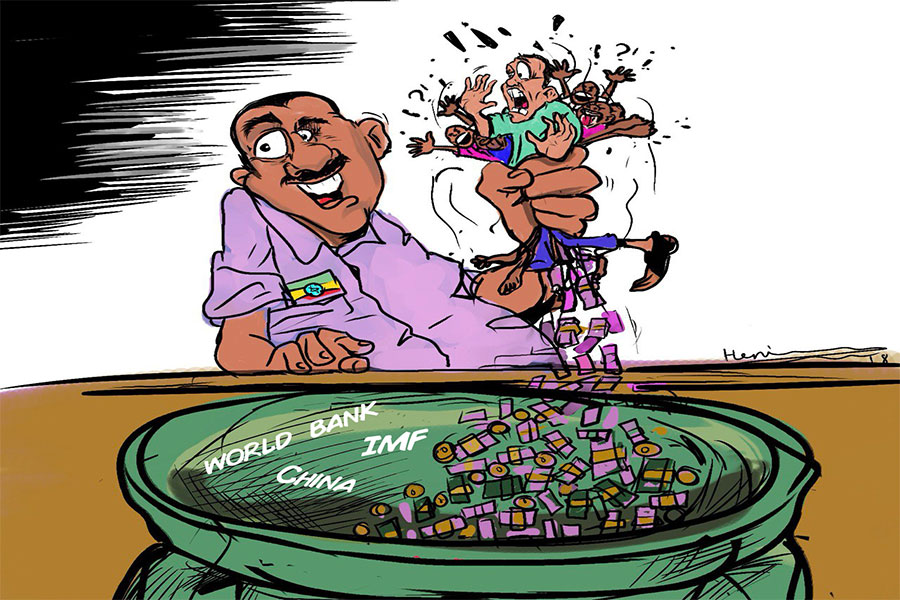
Oct 18 , 2025
The political establishment, notably the ruling party and its top brass, has become p...

Oct 11 , 2025
Ladislas Farago, a roving Associated Press (AP) correspondent, arrived in Ethiopia in...

Oct 4 , 2025
Eyob Tekalegn (PhD) had been in the Governor's chair for only weeks when, on Septembe...

Oct 25 , 2025 . By YITBAREK GETACHEW
Officials of the Addis Abeba's Education Bureau have embarked on an ambitious experim...

Oct 26 , 2025 . By YITBAREK GETACHEW
The federal government is making a landmark shift in its investment incentive regime...

Oct 29 , 2025 . By NAHOM AYELE
The National Bank of Ethiopia (NBE) is preparing to issue a directive that will funda...

Oct 26 , 2025 . By SURAFEL MULUGETA
A community of booksellers shadowing the Ethiopian National Theatre has been jolted b...